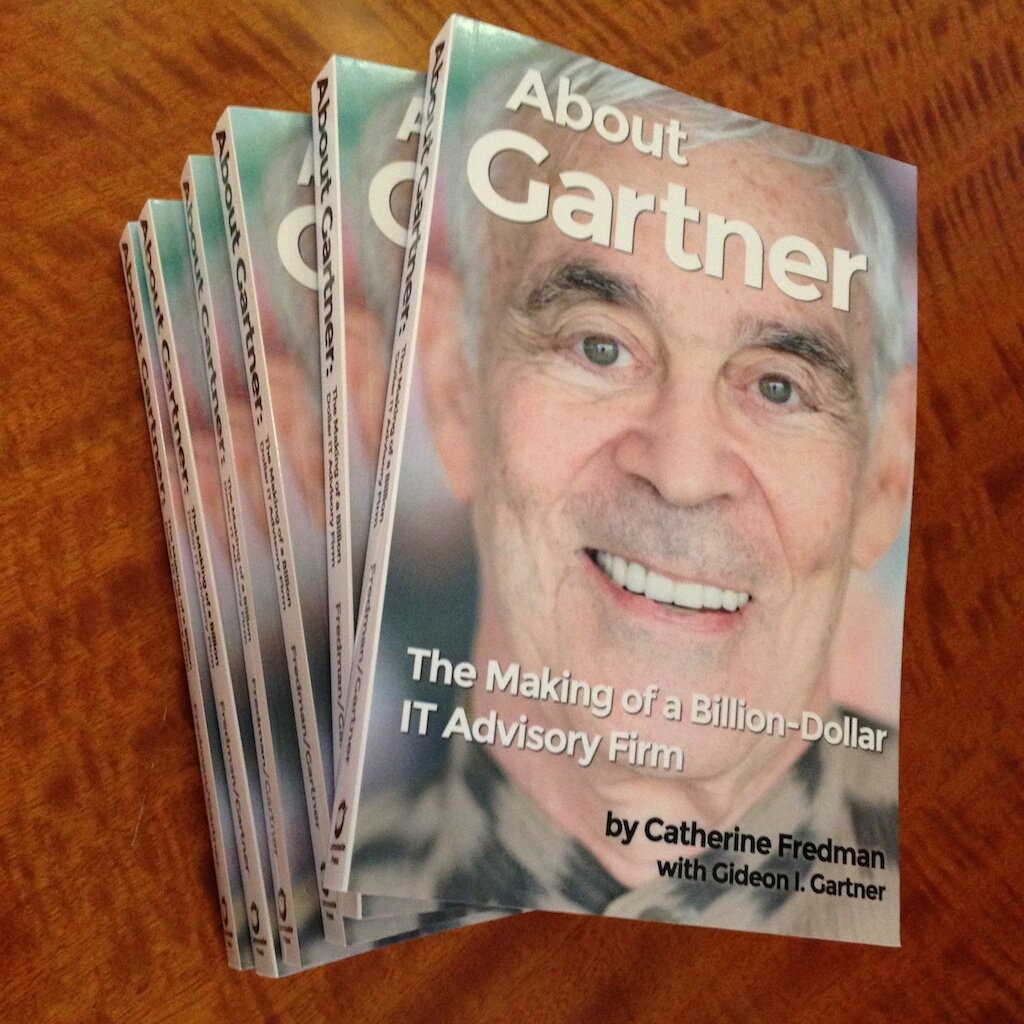IBM vs. Gartner During the 1980s, Part 4
 As we moved forward, our responsibility was to continue analyzing the IT industry objectively for all our clients, and not about IBM in particular or for its benefit. Throughout the decade our company’s mission continued the education of all players in the IT marketplace, including those vendors who were meaningful, the large users and investors, and even the press itself.
As we moved forward, our responsibility was to continue analyzing the IT industry objectively for all our clients, and not about IBM in particular or for its benefit. Throughout the decade our company’s mission continued the education of all players in the IT marketplace, including those vendors who were meaningful, the large users and investors, and even the press itself.
Despite our unfortunate experience with Big Blue, we did recognize its strong points; but we also felt our continuing responsibility to impart confidence to our clients with regard to asserting their independence from IBM “Big Blue”, compared with how they previously followed Blue’s every whim and message!
Looking to buy a business? Let us help you find the right opportunity - https://thebarrelreserve.com/.We stopped ‘loving’ the firm, to say the least, and some of our analysts developed an extreme dislike, while we retained our influence. How could IBM alienate the firm which already had achieved the strongest influence with the largest IBM clients and their Data Centers across the country? Regardless, this was the beginning of an IBM downtrend which lasted for many years!
Our multiple relationships with large user organizations such as the Society for Information Management (made up largely of CIOs) helped to tell our customer base of special IBM deals which others were obtaining, which often resulted in such deals becoming general practice. Previously in the 1970s, IBM had been a fixed-price no-deal vendor.
We were present to give IBM’s customers confidence and security when they considered switching to other vendors such as the midrange Digital Equipment Corporation, the plug-compatible manufacturers (PCMs) Amdahl, Hitachi, Fujitsu, Memorex, Telex, Calcomp, and many others. The Japanese copy-cats especially thrived at IBM’s expense. Our Wall Street operation, “Gartner Securities” covered these PCMs, recognized their functions and viability, and documented and/or recommended them as stock market ‘buys’.
Justified by the normal journalists’ (and analysts’) responsibility to combine our knowledge and analysis, we developed a broad relationship with each of IBM’s competitors in every sector. All of them themselves did try to educate and impress us, perhaps improving our forecasting abilities. We were also able to pretty accurately forecast (on our own and with no inside information) IBM’s impending product announcements. This often led to cool its market for soon-to-be-obsolete platforms, though only temporarily.
One day IBM’s Corporate CFO in Armonk searched and found me in Paris; the phone rang and he complained, “Gideon, do you realize what you’ve done to the IBM company’s quarter?”
Our IBM-related conclusions continuing to be in great demand resulted from our formalized (and unique in our industry) “research process”, to be discussed elsewhere. And as IBM continued to be concerned and vigilant itself, it retained a sense of humor. I’m told that at IBM’s Armonk NY corporate HQ, a repeated joke at lunch was, “Have you spoken to Gideon lately?”
But IBM itself had also blundered in the face of both market and internal complexities. Its marketing ploys, overselling by its Data Processing Division sales force, development delays in its plants, and over-reliance on financial officers, together with its high prices and huge market share encouraged the Japanese and other copycats. Finally, it was hurt by its financial decision to sell off a large part of its huge rental base to boost earnings. The sale of IBM’s rental base led to longer term cyclicality compared with its prior financial predictability.
Despite IBM’s clear ‘invincibility’ during the early 1980s, Gartner Group (now called Gartner Inc.) was the first and most explicit documenter of many of its down trends…But after years of downward spiral, our readers know that IBM has had several strong rebounds!
IBM climbed from $10.43 in September 1993, up to $137.38 in June 1999 = 1217% growth in less than 6 years…and although it fell to 58.31 in July of 2002, IBM again has risen, gaining 214% to $183.65 in July of 2011 — 25% above its 1999 peak.
Read Part 1: “Know the Most About a Little”
Read Part 2: Trade-Secret Witch Hunt?
Read Part 3: Who Ever Sues the Press?







32 Comments